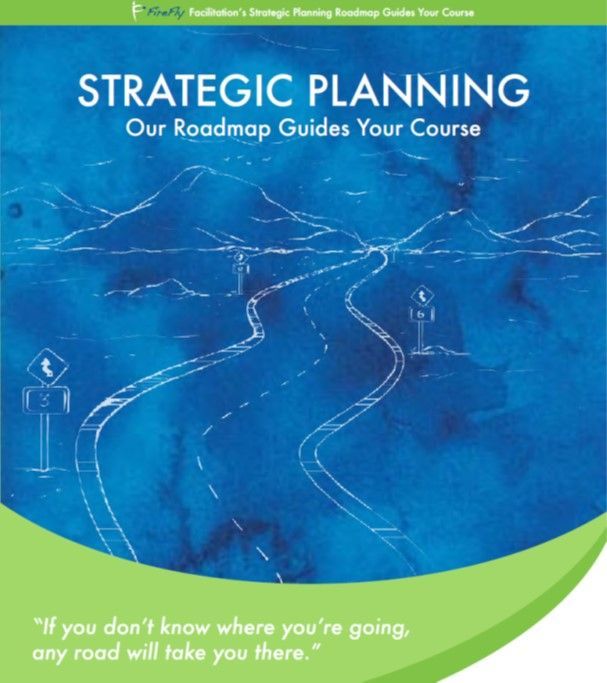Determining Criteria For Your Decision Matrix
How to use the Decision Matrix as a team problem solving tool
We’ve been talking about methods for refining and organizing information in order to create an actionable plan. In our last post, we focused on the Decision Matrix. Ideal for helping to weigh ideas based on multiple factors, the process for using the Decision Matrix begins with a group brainstorming session to determine the criteria you’ll use to evaluate ideas. In this post, we’ll move on to the next phase, where that criteria is refined.
- Discuss and re fine the list of criteria; identify any criteria that must be included or excluded and why. Reduce the list to those that the team believes are most important for reaching the right solution. Ideally, you won’t use more than five to seven criteria, since there tends to be overlap among them when you start adding more than this number. Also, the more you add, the more it becomes nice to have versus need to have. While voting with sticky dots can be used, first see if you can reach agreement the old-fashioned way—by talking it through. In the end, make sure everyone is very clear on what each criterion means.
- The team then needs to decide whether each idea will be assessed against these criteria using a rating scale, a simple Yes/No, or a checkmark to indicate the presence or absence of that item for this particular idea . This will obviously impact the wording of the criteria themselves. For example, Low Cost to Implement can be answered with a simple Yes/No or a check mark, while Cost to Implement needs to be rated on a scale. This scale could be as simple as Low, Medium, or High; or you might choose to assign a numerical rating, with the highest number consistently representing best score. Make sure that everyone can verbalize the differences between each of the levels for each of the criterion.
- The next step involves deciding whether the criteria should be weighted to show the relative importance of each in the
final decision.
This is where the beautiful simplicity of our two-by-two impact/effort grid with its criteria already laid out becomes obvious, and its advantage over the matrix is apparent. There are several approaches you can take to assigning these weightings:
- Have a general group discussion as to whether anyone believes that some criteria should carry more weight in the decision-making process than others, and why they feel that way.
- Assign the weights so that items of less importance have a lower number, and those of greater importance have a higher number, keeping in mind that the same weight can be applied to more than one criterion.
- Test the weighting decisions by turning them into sentences, such as, “If I understand the decision we just made correctly, then we are saying that it is three times more important that we choose the least cost solution over one that has a higher return on investment.” If something doesn’t ring true with the team, fix it now before you actually start applying these weights to real solution options.
- Another simpler and therefore less refined alternative is to discuss and reach agreement on how to distribute 10 points across the chosen criteria.
Now that you’ve determined your criteria, and you have a system in place for scoring and rating each one, it’s time to start plugging your ideas into the matrix.
In our next post , we’ll discuss how to accomplish this, going over the remaining steps in the Decision Matrix process, to show you how to get to your end goal: a plan. Make sure to stick with us, as we continue to show you how to increase your team’s ability to be more effective and collaborative in decision making.






